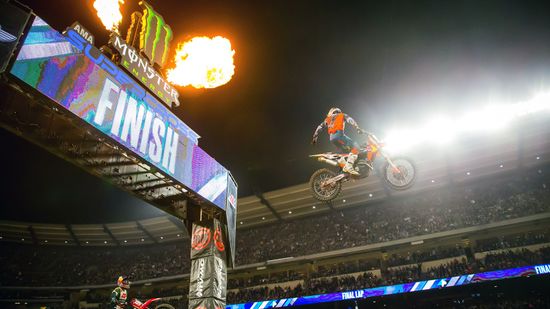Motorcycles and Choppers
The Motorcycles and Choppers Channel explores how these machines are built and customized. Learn all about motorcycles and choppers at HowStuffWorks.
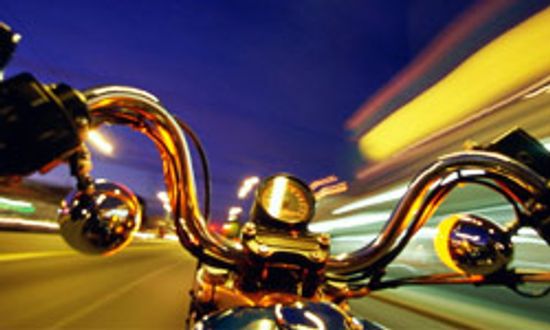
Chopper Pictures
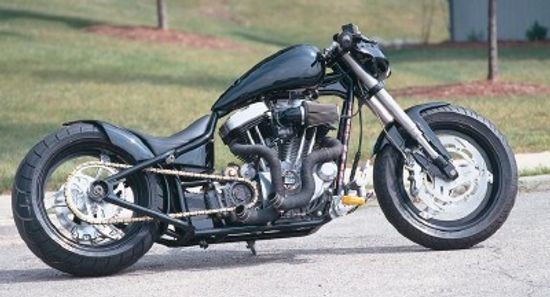
Buell Street Fighter: A Chopper Profile
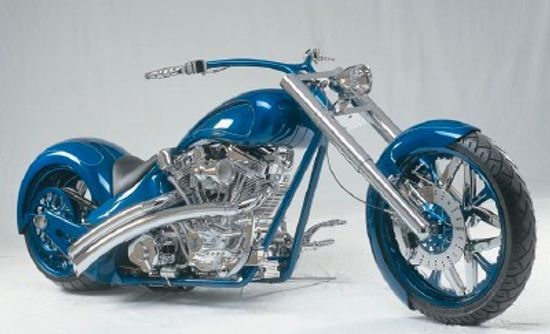
DD Customs Cycles Pro Street: A Chopper Profile
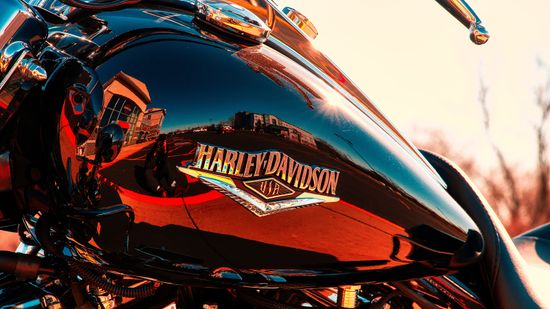
9 Harley Davidson Frame Types Rumbling Down the Highway
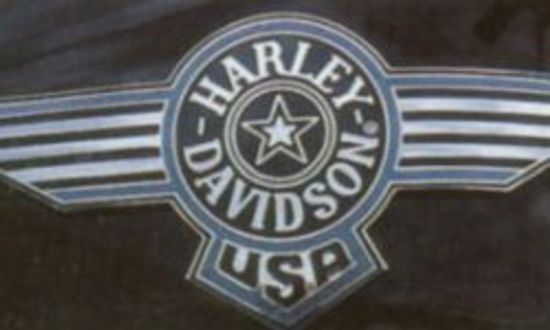
Hog Wild: Harley-Davidson Logos Through the Years
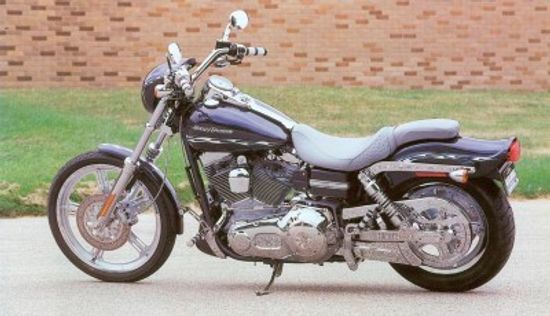
2002 Harley-Davidson FXDWG3
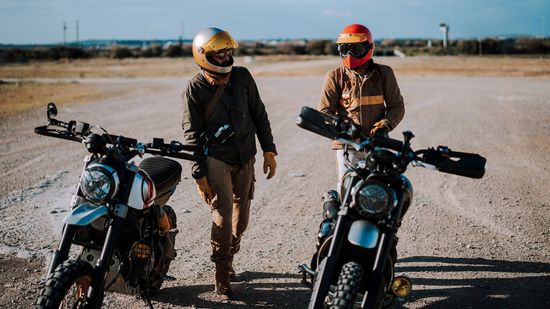
10 Types of Motorcycles That Go Vroom Vroom
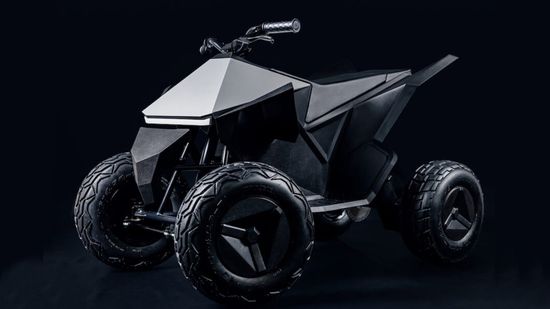
Cyberquad for Kids: Baby's First Tesla
